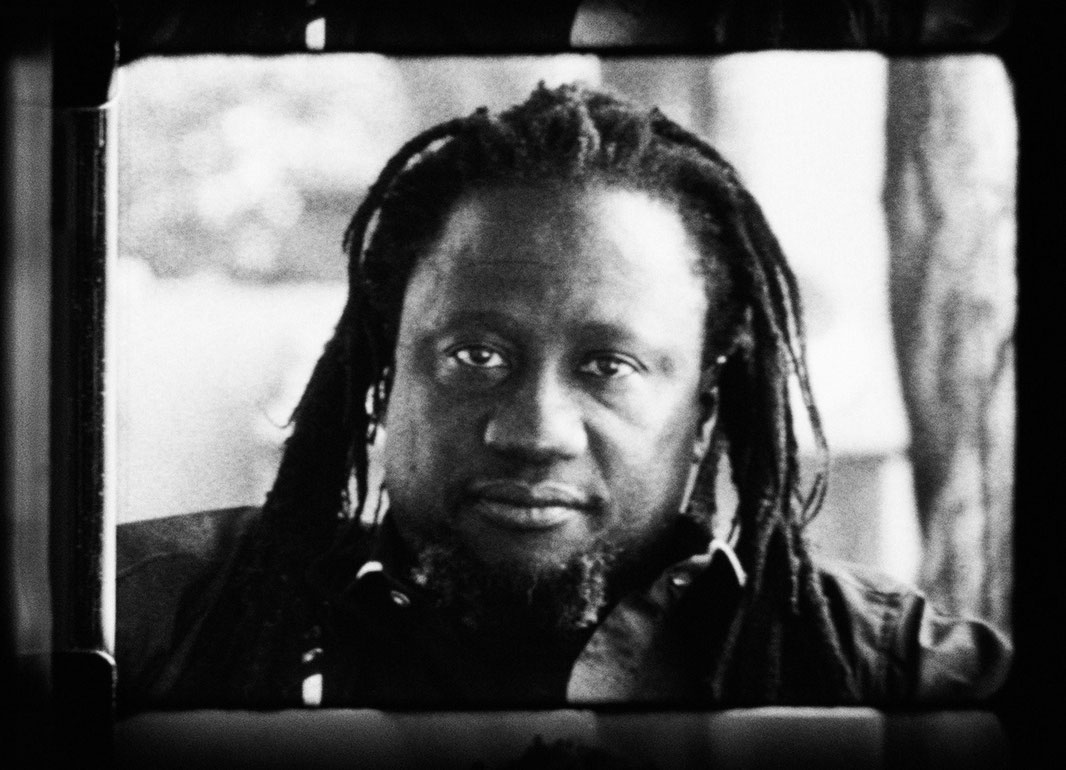Adama Diouf
Adama Diouf is an acquaintance, a neighbor, and a scholar, “… [A] covert mayor of Ziguinchor in southern Senegal. The formal philosophy professor, heavily influenced by French existential literature, is well known and highly esteemed in town,” says Friedl vom Gröller.
Fish at the market, a close-up of a hand that grabs and sorts them. The tactile introduction is followed by the cheerful portrait of Mr Adama Diouf in conversation; the camera accompanies him as he walks through town. He greets several residents warmly and personally.
At the film´s small center are photos that Friedl vom Gröller took of murals on a factory wall in Dakar´s Zone industrielle, which she records on film before her encounter with Adama. The frescoes are by the painter Pap Samb, called Papisto Boy (in the summer of 1976, Hubert Fichte carried out in-depth interviews with him). On them, one sees Marabous as well as historical characters from the anti-colonial resistance: Lat Dior, who in the mid-nineteenth century opposed the railroad because he saw it as an instrument of land appropriation, and Amílcar Cabral, a writer, who as a defender of block freedom was a political champion for Guinea-Bissau and Cape Verde´s independence.
And again a hand: this time, it adjust into place an often read Sartre paperback with a craquelure cover. A portrait sequence with Adama follows, a special and vulnerable gaze and exchange in which Friedl von Gröller—as so often in her likenesses—balances the relations with a touch behind the camera. “... [I]t is a profound act, to show people in movement and one cannot err when doing so,” said the Sengalese filmmaker Filmemacher Djibril Diop Mambéty.
(Madeleine Bernstorff)
Translation: Lisa Rosenblatt

